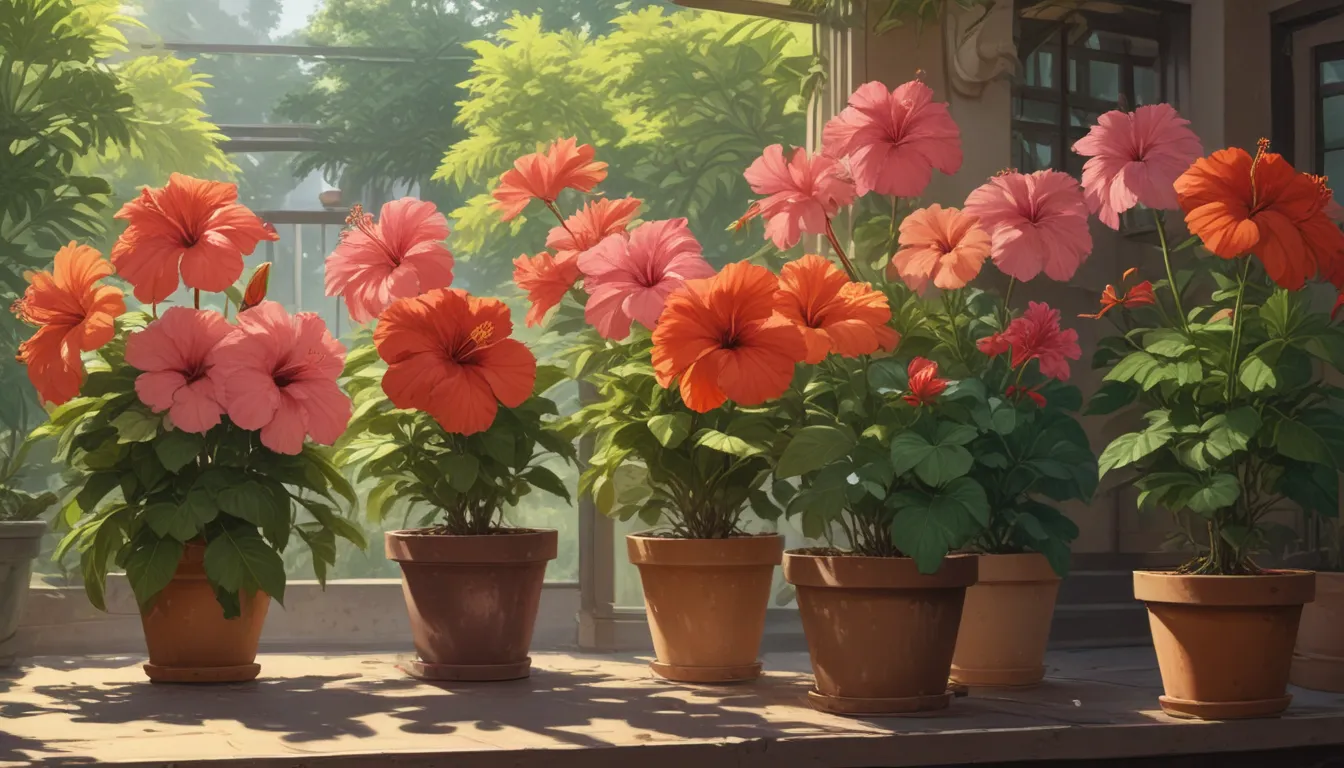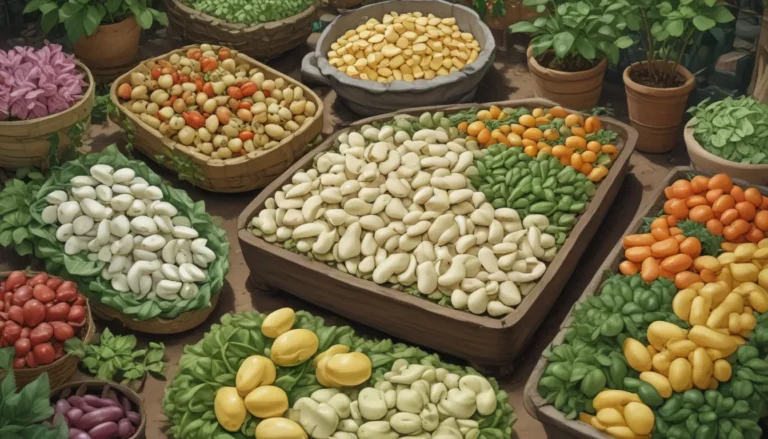How to Successfully Cultivate Tropical Hibiscus in Containers

Tropical hibiscus (Hibiscus rosa-sinensis) is a stunning ornamental shrub known for its large, colorful flowers that thrive in hot, humid climates. This article will guide you on how to grow these beautiful plants in containers, allowing those in temperate areas to enjoy them as well.
Imagine having a piece of the tropics right in your own backyard or on your porch. These vibrant flowers attract pollinators such as bees and hummingbirds with their hues of apricot, gold, mauve, peach, pink, purple, scarlet, and white. Unlike their hardy cousin, the rose mallow (H. moscheutos), tropical hibiscus offers more orange-based colors that will brighten up any space.
Growing tropical hibiscus in containers presents a convenient way to enjoy their beauty, as they respond well to annual pruning to maintain their size and shape. Moving them inside during the colder months and back outdoors in the warmer seasons becomes a hassle-free task. Let’s dive into the details of how to successfully cultivate tropical hibiscus in containers!
What You’ll Learn:
- Tropical Hibiscus Primer
- Container Selection
- Cultivars to Select
- Soil and Growing Needs
- Fertilizing and Watering
- Outdoor Winter Care
- Indoor Winter Care
- After Winter
Tropical Hibiscus Primer
Tropical hibiscus, native to Asia and some South Pacific islands, is a frost-tender perennial evergreen also known as Chinese, fancy, or Hawaiian hibiscus. Flourishing in USDA Hardiness Zones 9 to 11, these plants boast large, luscious blooms in an array of colors with over 10,000 known hybrids. The flowers, which measure four to six inches, are edible and bloom continuously from spring to late fall in frost-free regions.
For container growth, consider dwarf or compact cultivars to keep the plants manageable. With temperatures ranging from 60 to 90°F, these evergreens can reach heights of two to 30 feet, making them versatile to fit your space.
Container Selection
When choosing a container to plant your tropical hibiscus, consider the following:
- Use any type of planter material such as ceramic, concrete, plastic, resin, terra cotta, or wood.
- Opt for lightweight materials like fiberglass, hypertufa, or resin for easy moving indoors during winter.
- Heavy pots can be placed on wheeled plant caddies for effortless mobility.
- Ensure the container has drainage holes to prevent waterlogging.
- Repot every two to three years, gradually increasing pot size for healthy growth.
Tropical Hibiscus Cultivars to Select
Select from a variety of cultivars suitable for container growth. Here are a few recommendations to get you started:
- Double Peach: Featuring ruffled flowers in peachy orange, this cultivar blooms all summer.
- Red Dragon: Known for its fiery red blooms and bushy branches, this double-petal variety adds dramatic appeal.
- Starlette: Stand out with coral/fuchsia pink flowers that bloom abundantly all summer.
- Tree: Choose a standard topiary form for bright, bold colors in red or pink.
- Yellow Bird: Enjoy large buttercup yellow flowers with a magenta heart on these compact plants.
Soil and Growing Needs
Ensure your tropical hibiscus receives full to partial sun in well-draining, slightly acidic soil with a pH of 6.5 to 6.8. Plant in spring after overnight temperatures are above 55°F, using a soil blend amended with compost or manure, moisture-retentive materials, grit for drainage, and bone meal for root growth.
Hardening off newly planted shrubs in partial shade for 10 to 14 days before full sun exposure is recommended. Water regularly during the growing season and address pest and disease issues promptly.
Fertilizing and Watering
Feed your tropical hibiscus monthly with a water-soluble or slow-release fertilizer high in potassium, medium in nitrogen, and low in phosphorus. Water regularly to keep the soil moist but not wet, checking for dryness daily in hot weather. Consider mulching to retain moisture and cool roots during summer.
Outdoor Winter Care
In colder climates, protect your tropical hibiscus during winter by moving them indoors or providing insulation. Use mulch, frost blankets, and pot elevators to shield plants from freezing temperatures. Reduce watering and fertilizing while maintaining slightly moist soil in regions with heavy rainfall.
Indoor Winter Care
Prepare your plants for indoor living by moving them into a shady spot two weeks before temperatures drop to 60°F. Prune lightly, check for pests, and provide a warm, bright location away from drafts. Address pests with gentle homemade insecticides and maintain proper watering and care indoors.
After Winter
As temperatures rise above 55°F in spring, transition your plants back outdoors. Harden them off gradually, prune lightly, and resume regular feeding and watering. Enjoy a season of lush foliage and vibrant blooms from your well-tended tropical hibiscus.
With these tips, you can successfully grow tropical hibiscus in containers, adding a touch of the tropics to your outdoor space. Share your favorite cultivars in the comments below and bring a piece of paradise into your home!





